A bodybuilder said her husband abused her, then she was charged with his murder. Now, she’s telling her story
Sally McNeil was charged with murder after shooting her husband Ray McNeil on Valentine’s Day 1995. Clémence Michallon speaks with director Nanette Burstein, whose new Netflix docuseries ‘Killer Sally’ re-examines the case

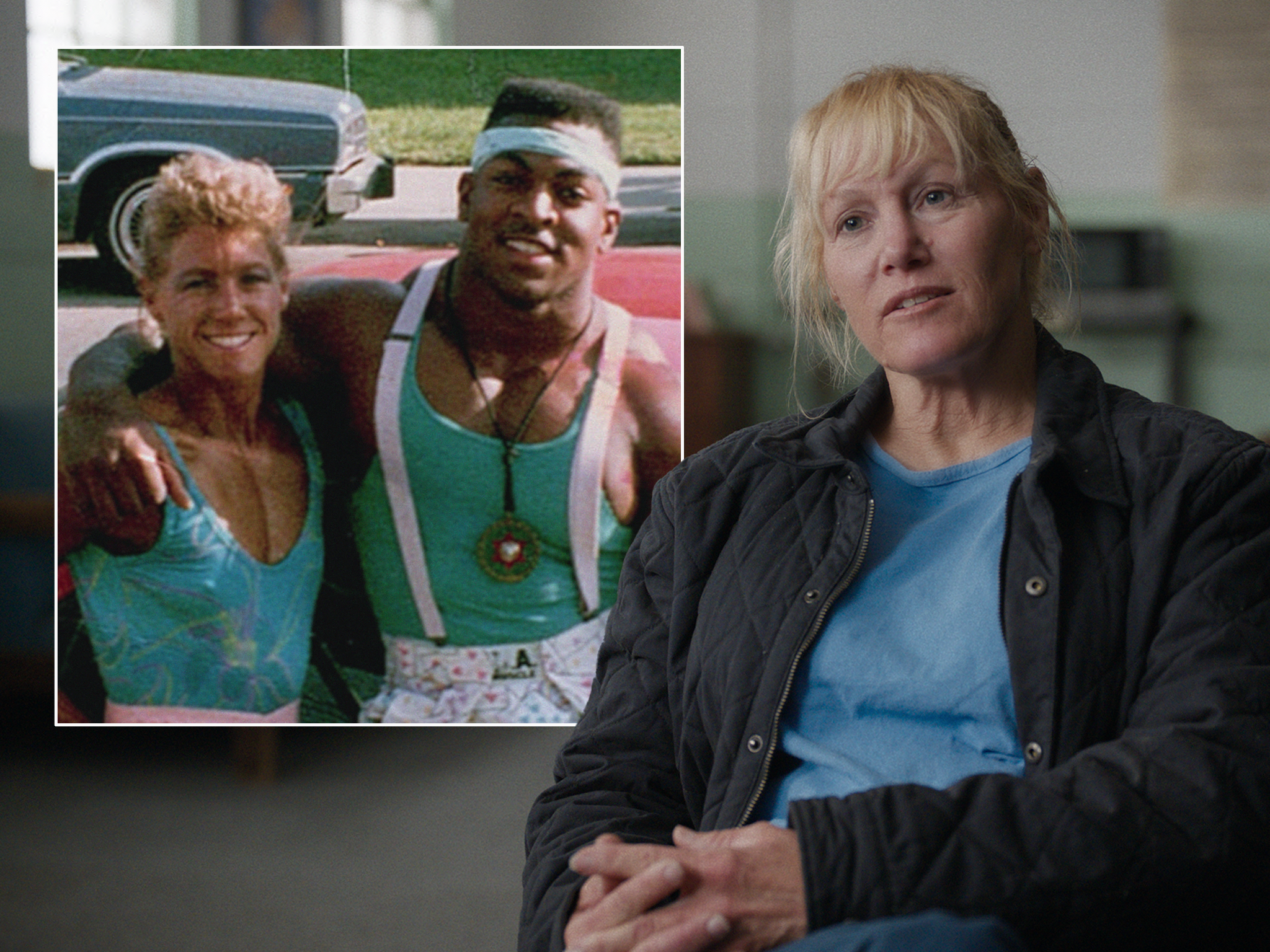
Sally McNeil never denied shooting her husband Ray. “I just shot my husband because he just beat me up,” she told the 911 operator on the night of Valentine’s Day 1995. Then, at the police station, she told the two officers interrogating her: “I wanted to get out of the house, and he wouldn’t let me out of the house. So then I ran back to the bedroom, and I got my shotgun.” When the police informed her during their interrogation that Ray died from his injuries, Sally collapsed on the table in front of her.
“I didn’t want it to be that way,” she said between sobs. “I just wanted him to stop hitting me.”
Sally was charged with second-degree murder in the hours following Ray’s death. Her court case, her defense, and the years of abuse she says she suffered at the hands of her husband – who was, like her, a famous bodybuilder – are all explored in the new documentary Killer Sally, by the Oscar-nominated director Nanette Burstein.
Burstein, whose previous documentary subjects include Hillary Clinton and Tonya Harding, was first approached by two producers about a potential project revisiting Sally’s case. “They had read about the story during the reckoning of the #MeToo era and thought it was important to revisit these tabloid type of stories that there is probably much more depth to,” Burstein tells The Independent on a video call earlier this month.
The producers wrote Sally a letter. She was “very interested in telling her story and setting the record straight,” says Burstein. The more Burstein herself heard about Sally’s story, the more passionate she became about telling it.
“Domestic violence is a huge issue globally,” she says, “and the way that our society handles it, including the United States, really needs reckoning.” Burstein cites data echoing a 2021 report by the World Health Organization, according to which one in three women, ie around 736 million of them around the world, are subjected to physical or sexual violence by an intimate partner or sexual violence from a non-partner at some point in their lifetime.
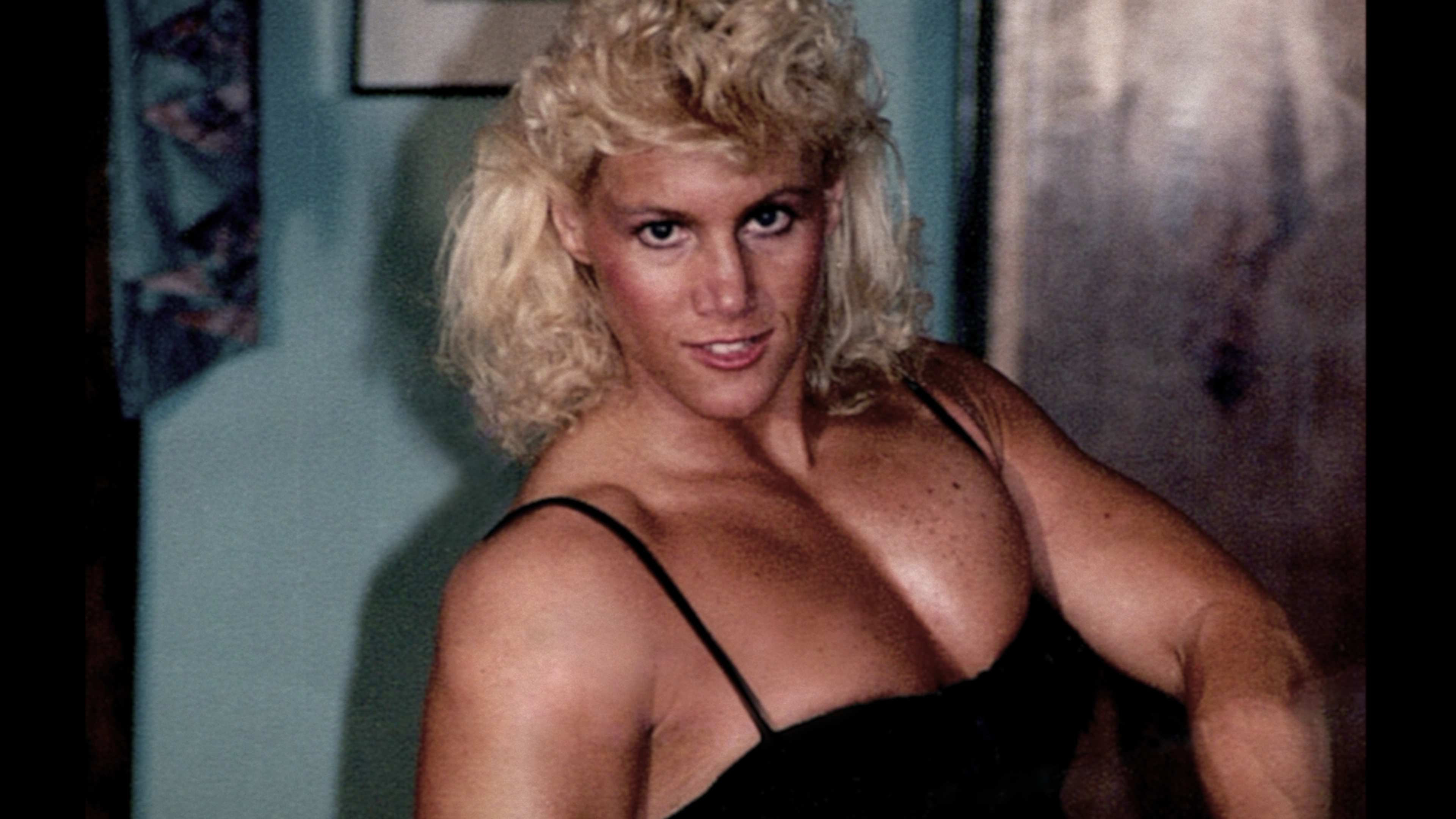
Born in Allentown, Pennsylvania, in 1960, Sally McNeil had what she describes in the documentary as a “tough” upbringing, rife with “situations where [she] had to defend [herself].” She recounts being exposed to physical violence enough times in her childhood and early adulthood that it ended up seeming like a norm to her – something she thought everyone was bound to experience.
In a quest to gain approval and positive feedback, Sally became an athlete in high school. She swam, dove, and ran. She enrolled at East Stroudsburg State College (now East Stroudsburg University of Pennsylvania) with a dream of becoming a gym teacher. Three and a half years in, with just one semester left, she ran out of money to fund her education. “I had to quit college, give up my dream,” she says in Killer Sally.
Like her brother and her uncle before her, Sally joined the Marine Corps. She started bodybuilding during her service. “I was trying to get bigger, so I was stronger, to be able to protect myself,” she says in the programme. On Valentine’s Day of 1987, she placed fourth in her first competition. It was there that a friend introduced her to Ray McNeil, another competitive bodybuilder, in June of 1987.
“He looked like [Michelangelo’s] statue of David,” Sally says in the programme. “He was beautiful.”
Sally thought she had found the perfect stepfather for her two children from her first marriage. Being around Ray felt “special” to her. They dated for about two months before getting married. “I thought, ‘What a man I have. I don’t want to lose him,’” Sally says in the show. “When I love somebody, I give them my all. You get everything of me.”
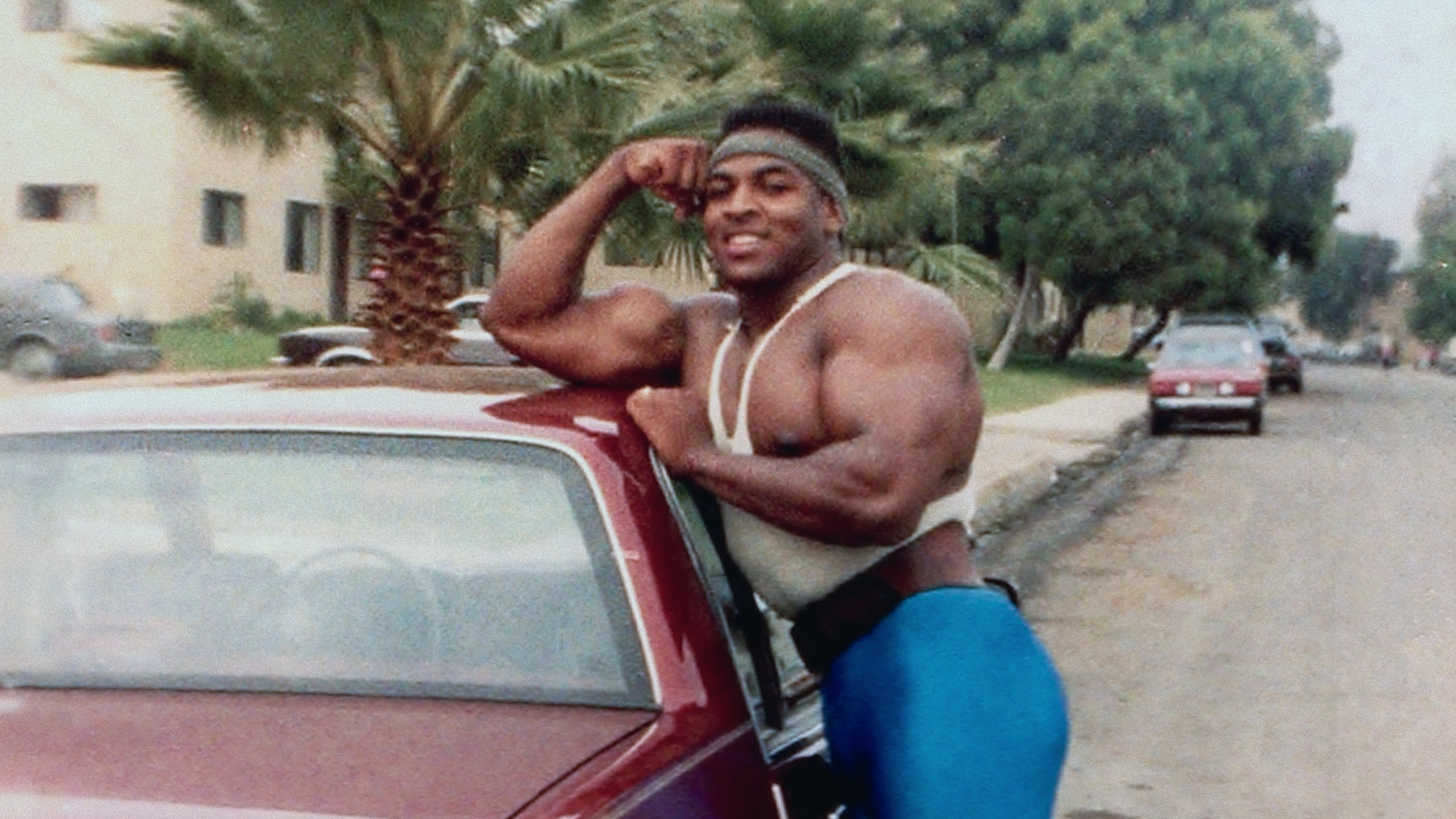
The family settled in Oceanside, California. Ray and Sally’s popularity grew in the world of bodybuilding. Ray left the Marines in 1991, with a dream of becoming a professional bodybuilder. Sally remained in the Marines, working as a cook. “I hated cooking,” she says in the documentary, “but we needed to pay the rent.” Money was “really tight”, Sally’s son John, now an adult, says in the programme, and Sally routinely collected discarded cans to exchange them for cash.
Despite going pro, Sally claims in the documentary that Ray remained wracked by insecurities about his physique. He and Sally started “arguing a lot more”, Sally’s daughter Shantina, now also an adult, says on camera.
“He said that I was inferior and he was the superior bodybuilder and everything should go towards him,” Sally tells Burstein. “From the start, I wasn’t good enough. I was never good enough. Ray felt as though he was the most important person in the family. He was trying to get me to give up my dream so I could support him.”
Sally earned extra income by starring in homemade videos of herself wrestling men – a cottage industry for female bodybuilders at the time. (Bill Wick, who filmed and sent out the video tapes, traces his attraction back to seeing the dancer Vera-Ellen’s leg muscles in the 1954 movie White Christmas starring Bing Crosby.) She also took part in private wrestling sessions with men, a practice known as muscle worship. The men, she tells Burstein on camera, never tried to have sex with her. There were occasional “bad feelings”, but the money outweighed that “dark side” for her.
At home, Sally says, Ray had “demons to deal with.” Sally, as well as her children John and Shantina, all recount witnessing Ray’s physical abuse in the documentary. On the third day of their marriage, Sally alleges that Ray punched her in the face and split her lip. A pattern emerged of Ray being abusive, then offering apologies, and Sally believing things would improve.
But the abuse continued. Ray broke Sally’s nose, according to Sally herself and her two children. The first time Ray choked her, Sally “thought he was going to kill [her.]” Ray at times forced her to hace sex with him. Sally’s daughter Shantina and Ray’s friend DJ Jeffers both recount a violent incident in which Ray blinded a man during a physical fight. John says his own relationship with Ray was “a very violent one”, which saw Ray “abuse and beat [him] a lot”, especially in Sally’s absence.
In her examination of Ray and Sally’s marriage, Burstein brings up an array of perspectives. In addition to Sally and her children, we hear from the prosecutor who led the charges against her at trial, her defense attorney, friends, and more. Sally has always maintained that she shot her husband on 14 February 1995 because she was afraid for her life. Ray, she says in the documentary, had been hitting and choking her, and she “didn’t know what he was capable of doing.” She felt he was “superhuman.”
Jeffers, a friend of Ray’s, challenges her characterization of Ray’s death, as – expectedly – does Dan Goldstein, the prosecutor at Sally’s trial. Yet Burstein’s documentary is more sophisticated than a simple “he said, she said”, taking time and care to unpack Sally’s own narrative amid this chorus of voices.
“Sally was not the perfect victim, and victims are often not perfect,” Burstein says during our call. “We want them to be perfect,and when they’re not, we get upset.”
John’s voice emerges as one of the most powerful in that regard, acknowledging the abuse he suffered and witnessed within the family, and giving his mother room to exist as a full, complex person.
“I was actually kind of shocked at how forthright John was, and also by the clarity of his memory,” Burstein says. “... I think he’s come around to really understanding his mother as an adult would, as opposed to a child seeing her through that lens.”
Sally’s criminal trial took place at a heightened time for discussions of domestic violence in the public sphere. OJ Simpson’s trial was underway at the time Sally was charged with Ray’s murder. It was the year Alan Dershowitz published a book called The Abuse Excuse, which claimed that allegations of abuse were “enabling people to get away with murder – literally.” Amy Fisher and Lorena Bobbitt had both made headlines in the preceding years – Fisher, for shooting the wife of the man who had started an affair with her while she was underage, and Bobbitt, for severing her husband’s penis while he slept. (She alleged he had raped her; he denied it. Both spouses were charged and acquitted.)
To Burstein, Sally’s case was ripe for a media circus. “I’m very familiar with these bad girls, these women that are considered violence and are judged in the public sphere very unfairly,” she says. In the national press, Sally was given nicknames like “the pumped-up princess and the brawny bride and all kinds of ridiculous alliterations,” Burstein tells me.
Without revealing all, the trial and its outcome make for some of the documentary’s most gripping moments. Sally’s muscular physique drew so much attention during the proceedings that her attorney advised her to stop lifting, and to remove the shoulder pads from her clothing so she’d look smaller.
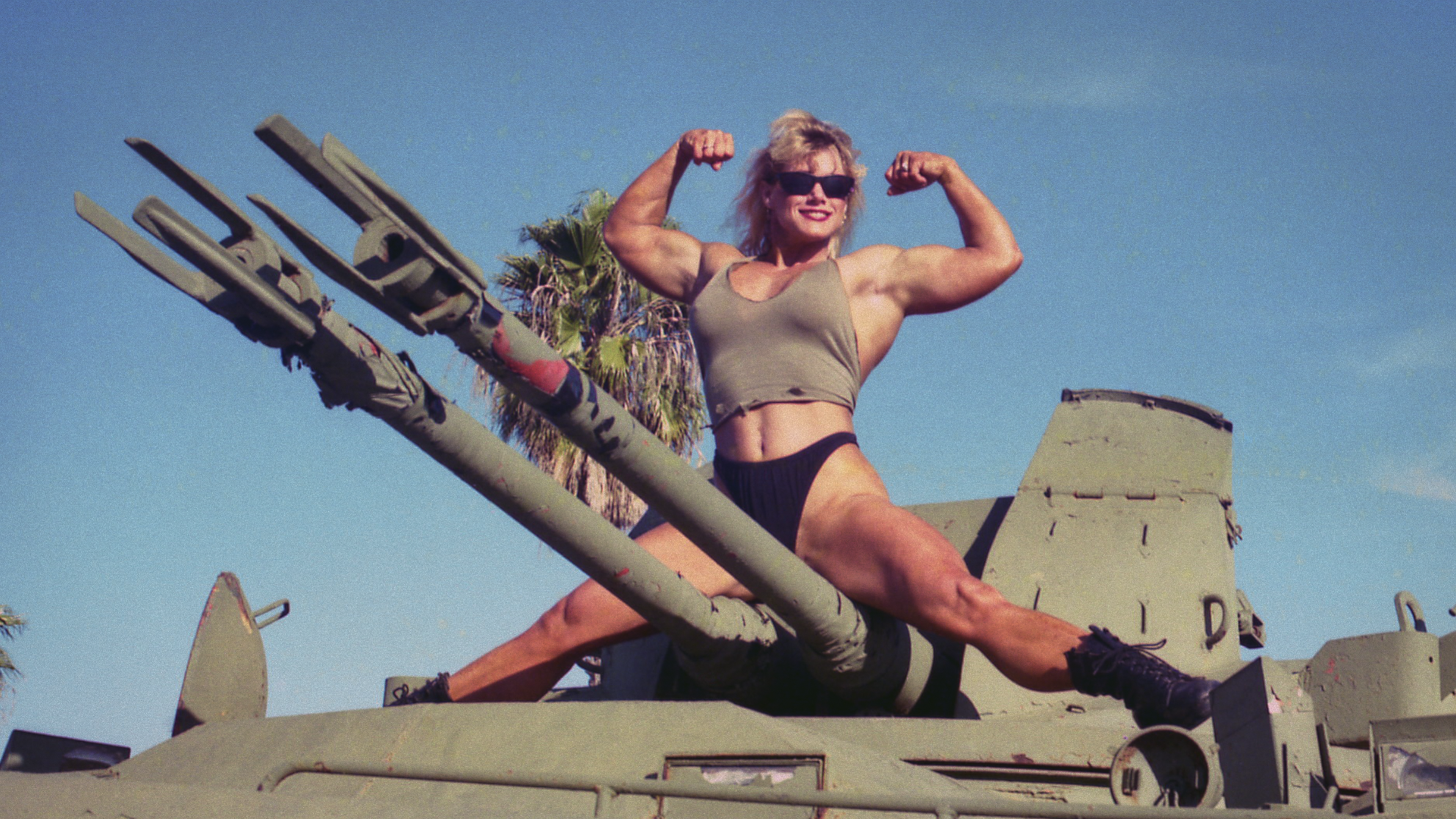
In the courtroom, the prosecution painted a scenario where Sally acted of her own volition, out of jealousy, at a time when Ray was seeing another woman. Goldstein leaned aggressively into Sally’s bodybuilding career, making her out to be the aggressor. “She is a bully. She is a thug,” Goldstein told the jury in his opening statement. “And that’s hard to say when you’re talking about a woman, but Sally McNeil has managed to bridge the gap of gender.”
Sally, however, has remained unflinching in her characterization of that night: “It wasn’t jealous rage,” she tells Burstein in the documentary. “It was fear.”
Key to cases like Sally’s is the concept of imminent threat, one of the components that, if present, can bolster a claim of self-defense. It refers to the idea that someone’s life must be in immediate danger in order to justify their use of deadly force. For Burstein, the ways in which this concept is handled in cases where domestic abuse is alleged “needs to be reformed.”
“The burden of proof of imminent threat is so specific,” she says during our conversation, adding that “if anything out of the ordinary happens – which it will in that situation, when you’re shooting someone in self-defense” a defendant will likely have a harder time making a case for self-defense.
“It happens to so many cases I’ve since read about, where for a variety of reasons, it’s not considered self-defense,” she adds, “because it wasn’t considered enough of an imminent threat or the burden of proof is [deemed] impossible because there were no eyewitnesses.”
Killer Sally ends on a poignant note, offering the possibility of hope at the end of a harrowing tale. Burstein says she viewed the story as an “onion” she aimed to peel, exploring layer after layer of complexity. The documentary’s nuance doesn’t come at the expense of intelligibility. There is clarity at the end of this road.
Killer Sally is being released by Netflix on 2 November in the US and in the UK
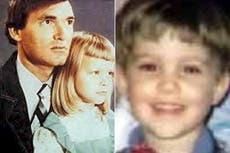

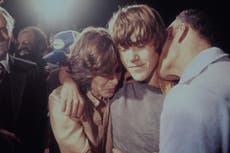
Bookmark popover
Removed from bookmarks